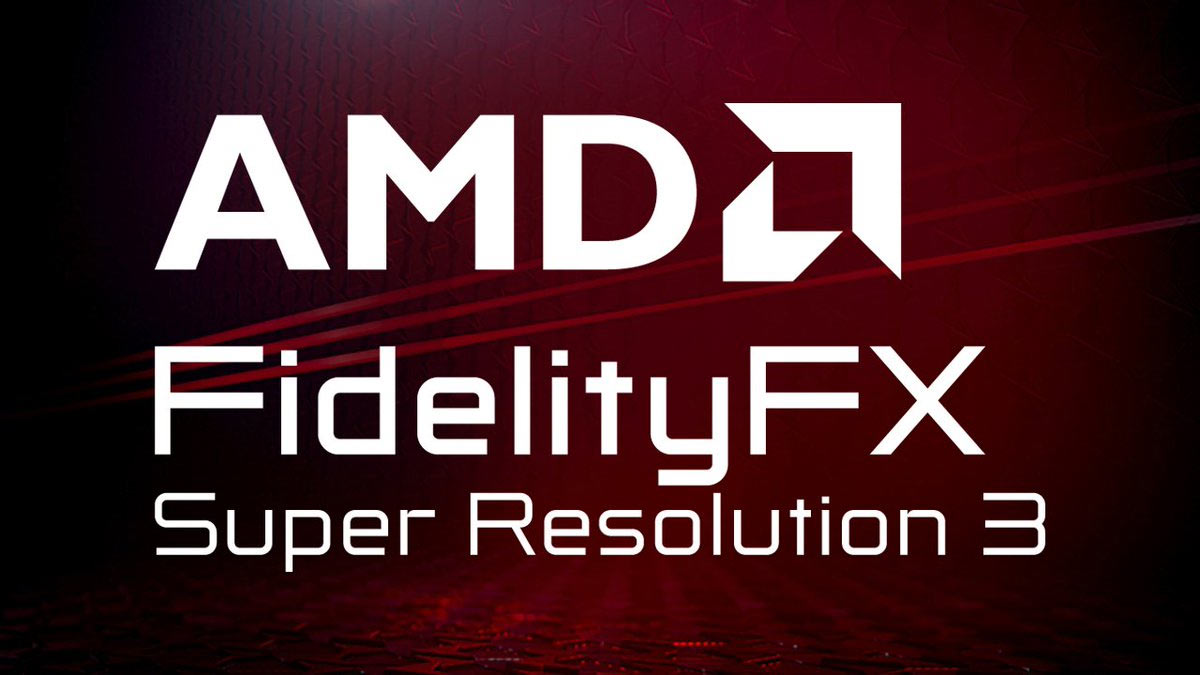AMD FSR 3 Frame Generation gets modded into games that support DLSS 3
Bringing more choices to the generated frames party.

Following the release of the FSR 3 source code from AMD, modders are now creating generalized FSR 3 Frame Generation mods that can be easily introduced into any game with DLSS 3 Frame Generation support. One such mod comes from Nukem9 on GitHub, which published an FSR 3 mod designed to replace a game's existing DLSS file with AMD's FSR 3 equivalent, effectively replacing DLSS 3 with FSR 3.
There have been a few other game-specific mods, including FSR 3 mods for Cyberpunk 2077 and The Last of Us Part I, but mods such as the one provided by Nukem9 are the most impactful since it can be applied to any game that already has baked in DLSS 3 support.
These new FSR 3 mods will expand AMD's frame generation technology to many games that don't support FSR 3, setting the stage to repeat what DLSS modders have accomplished in the past. Several months ago, modders found a way to add DLSS 3 upscaling and frame generation into AMD FSR 2-supported titles, unofficially expanding DLSS adoption.
The DLSS modding phase was extensive enough many have hypothesized that it directly inspired game developers to start adding DLSS to more titles. The alternative take is that more game developers are simply becoming familiar with and willing to include support for multiple upscaling options. Many more games currently incorporate DLSS than FSR — as well as Intel's XeSS counterpart — but the number of games to natively support all three options is relatively limited. Modders are picking up the slack in the meantime.
Considering DLSS mods appear to have noticeably increased the popularity of Nvidia's upscaling tech as a whole, modders now have the same opportunity to increase the use of FSR 3. And of course, FSR 3 works with any GPU — not just AMD's chips — which means everyone can potentially benefit.
Get Tom's Hardware's best news and in-depth reviews, straight to your inbox.

Aaron Klotz is a contributing writer for Tom’s Hardware, covering news related to computer hardware such as CPUs, and graphics cards.
-
Denoloco1 Was testing it earlier today in Alan Wake 2 on my RTX 3080.Reply
Frames jumped from 70fps to +120fps. This was my first encounter with frame generation and while it's not even close to 120fps native, I can see a small uplift in fluidity. Feels like a 90fps game now.
Though I had to disable variable sync as I had some massive flickering. Luckily, that's the only negative I could find so far.
Not bad considering you can still use DLSS and, technically, have all 4000 series functions. -
Makaveli Reply
How was the UI?Denoloco1 said:Was testing it earlier today in Alan Wake 2 on my RTX 3080.
Frames jumped from 70fps to +120fps. This was my first encounter with frame generation and while it's not even close to 120fps native, I can see a small uplift in fluidity. Feels like a 90fps game now.
Though I had to disable variable sync as I had some massive flickering. Luckily, that's the only negative I could find so far.
Not bad considering you can still use DLSS and, technically, have all 4000 series functions. -
-Fran- Bringing Freedom of Fake Frames (TM) to poor old GTX and GT users from nVidia and old Radeon users that no longer receive driver updates anyway.Reply
Heh.
I kid. It's always a good thing when you make things accessible to more people, regardless of the tech they choose to use.
Regards. -
vehekos Many games have locked fps, so this is the only way to get more.Reply
Even many games that report higher fps, are faking the statistic, and rendering the same frame multiple times, so when you interpolate frames, the visual effect is much larger than the theoretical one.
For example, the old tomb raiders had locked fps, and many new games with the physical engine locked to the fps do not really update the physics with each frame, so the objects do not move once per frame. -
atomicWAR Reply
Yeah I was thinking the same thing. Frame gen tech should in theory work around games with 30 or 60fps locks due to physics getting wonky. As you stated I do believe this should solve the physics issue since the frames are not 'real'. I'll be eager to tinker around with it.vehekos said:For example, the old tomb raiders had locked fps, and many new games with the physical engine locked to the fps do not really update the physics with each frame, so the objects do not move once per frame. -
froggx Nukem9 mod linked in the article (and since moved to nexusmods) requires nvidia RTX gpu to work.Reply